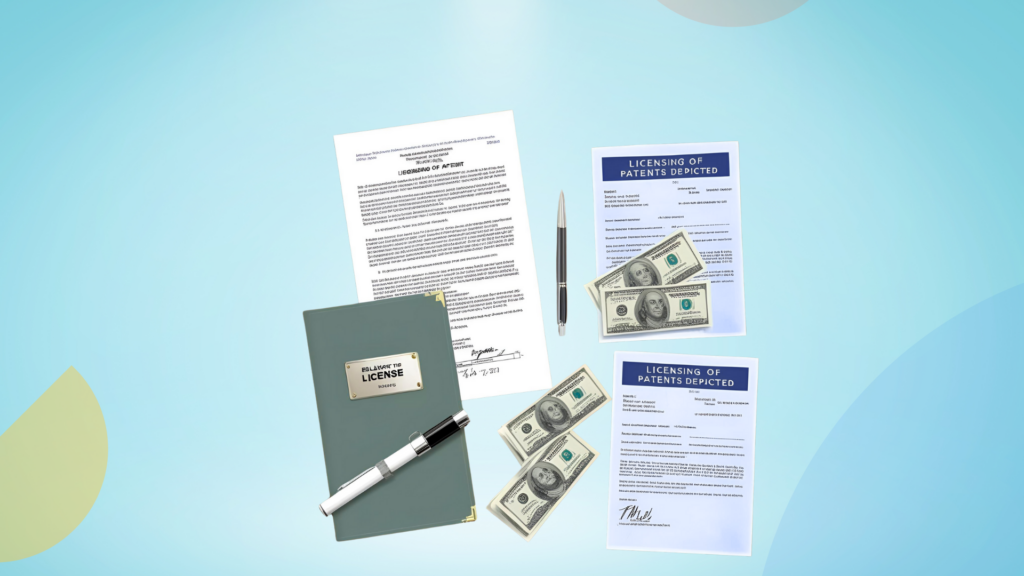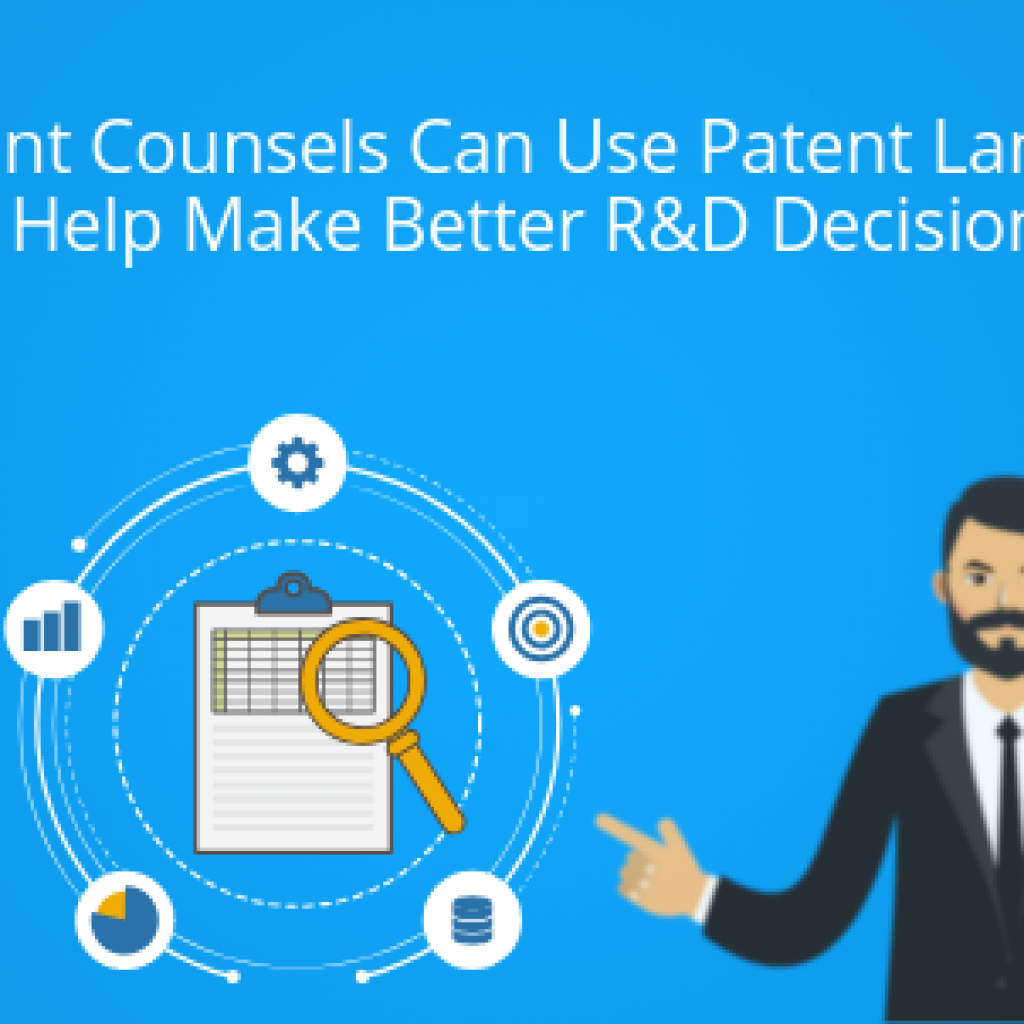Acquiring highly valuable patents presents a significant opportunity to strengthen your patent portfolio and secure a competitive edge. However, what if, after acquiring the supposedly “gem patents,” you realize they are not assertable as per US Patent law?
In our previous article, “Why Terminal Disclaimers are Easy to Overlook but Lethal if Ignored,” we highlighted the importance of owning all terminally disclaimed patents related to a specific patent for successful assertion.
This case study brings that theory to life, showcasing that without ownership of all terminally disclaimed patents in the sequence, the acquirer will be powerless to prevent competitors from infringing on the technology, resulting in millions of dollars in lost revenue and market share.
Get an expert analysis done before signing the tempting patent acquisition deal.
Case Study Background
We were recently tasked with helping a client identify and acquire “gem” patents from a vast portfolio. Following a comprehensive analysis that included identifying companies impacted by the patent portfolio, assessing market potential through licensing and litigation activity, and monitoring standardization activity and patent pool formations, we presented a shortlist of 16 high-value patents.
In addition, we went through several careful steps, starting with quick screenings and moving on to deeper, more subjective analyses, followed by thorough, detailed evaluations. This careful process ensured that the patents we finalized represented the highest quality. However, our commitment to a thorough process didn’t stop there. Understanding the potential pitfalls associated with terminal disclaimers, we conducted an additional check.
Were the 16 patents really high-value ones?
We used the Derwent Innovations patent database to discover which patents had Terminal Disclaimers attached. Of the 16 potentially valuable patents, terminal disclaimers burdened six, and two were entirely missing from the initial deal list.
Overlooking this insight meant the client could not enforce certain patents against infringers. This will also limit the lifespan of other patents and enable infringers to use the technology without legal consequences, resulting in significant financial loss, amounting to millions of dollars.
For instance, US patent XX5, critical to US patent XX7 (Serial Number 10), was absent from the initial patent acquisition list.
To verify the presence of the terminal disclaimer, we examined the prosecution history of US patent XX7. As anticipated, the document confirmed the presence of a terminal disclaimer referencing US patent XX5.
Source: Prosecution History of US’XX7 [snapshot above]
Without owning the terminally disclaimed patents, the enforceability of both US patent XX7 (Serial Number 10) and US patent XX2 (Serial Number 3) would have been significantly compromised. They could face a situation similar to the well-documented case of Email Link Corp. vs. University Anecdote – STC University of New Mexico (UNM) and Dr. Jan Voda, where a lack of ownership of a terminally disclaimed patent hindered enforcement efforts.
Therefore, including these disclaimed patents in the negotiation safeguarded the client’s ability to assert their intellectual property rights.
Conclusion
As this case showcases, seemingly minor oversights regarding terminal disclaimers will have significant financial and legal ramifications. Considering the complexities of patent law and the potential pitfalls, a thorough review process will ensure you acquire a complete and legally sound patent portfolio.
Before finalizing a patent acquisition deal, complete the form below to identify any potential issues related to terminal disclaimers.
Authored By: Siddharth Garg, Aadesh Srivastava, and Rohit Sood, Infringement Team










